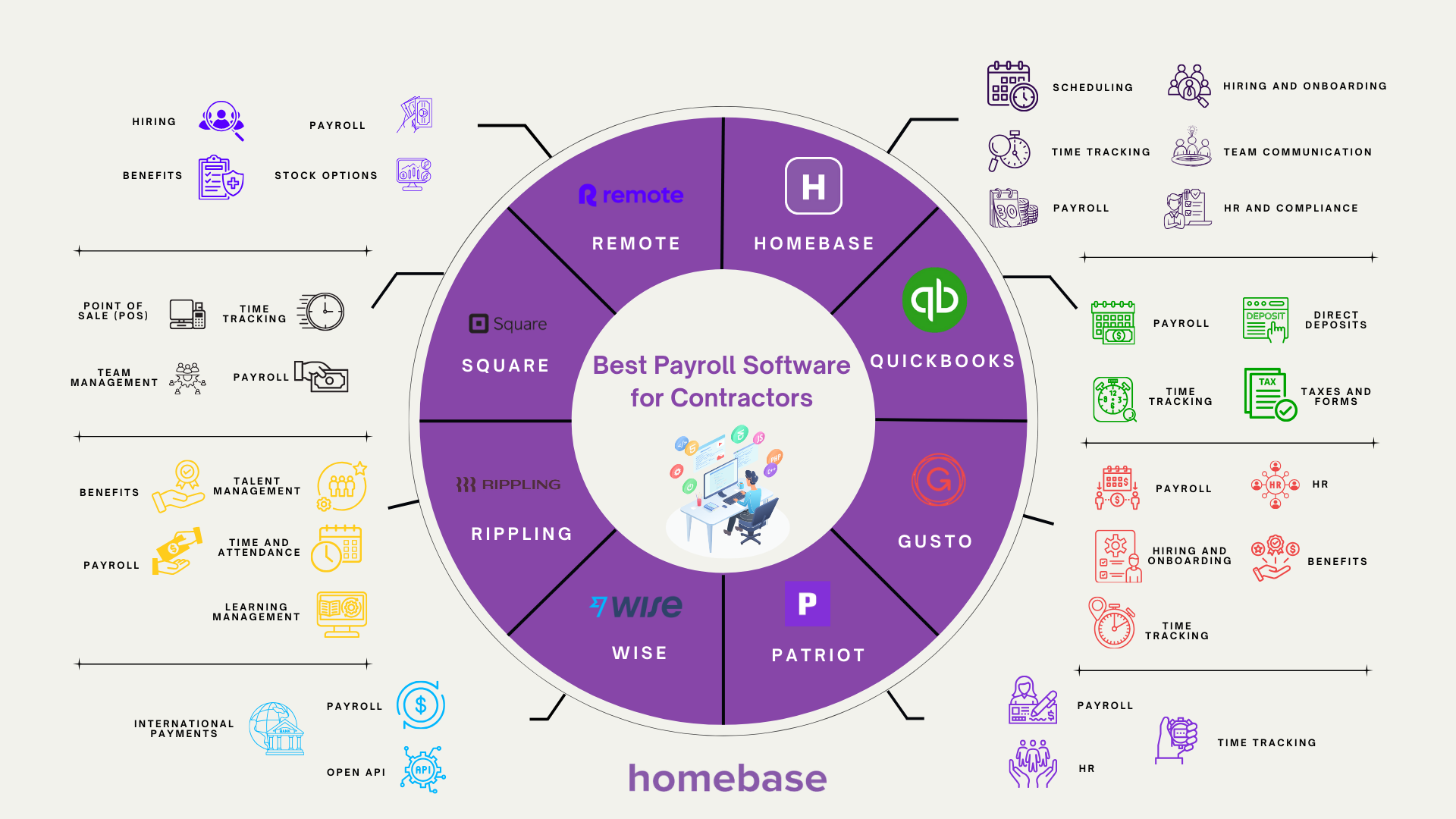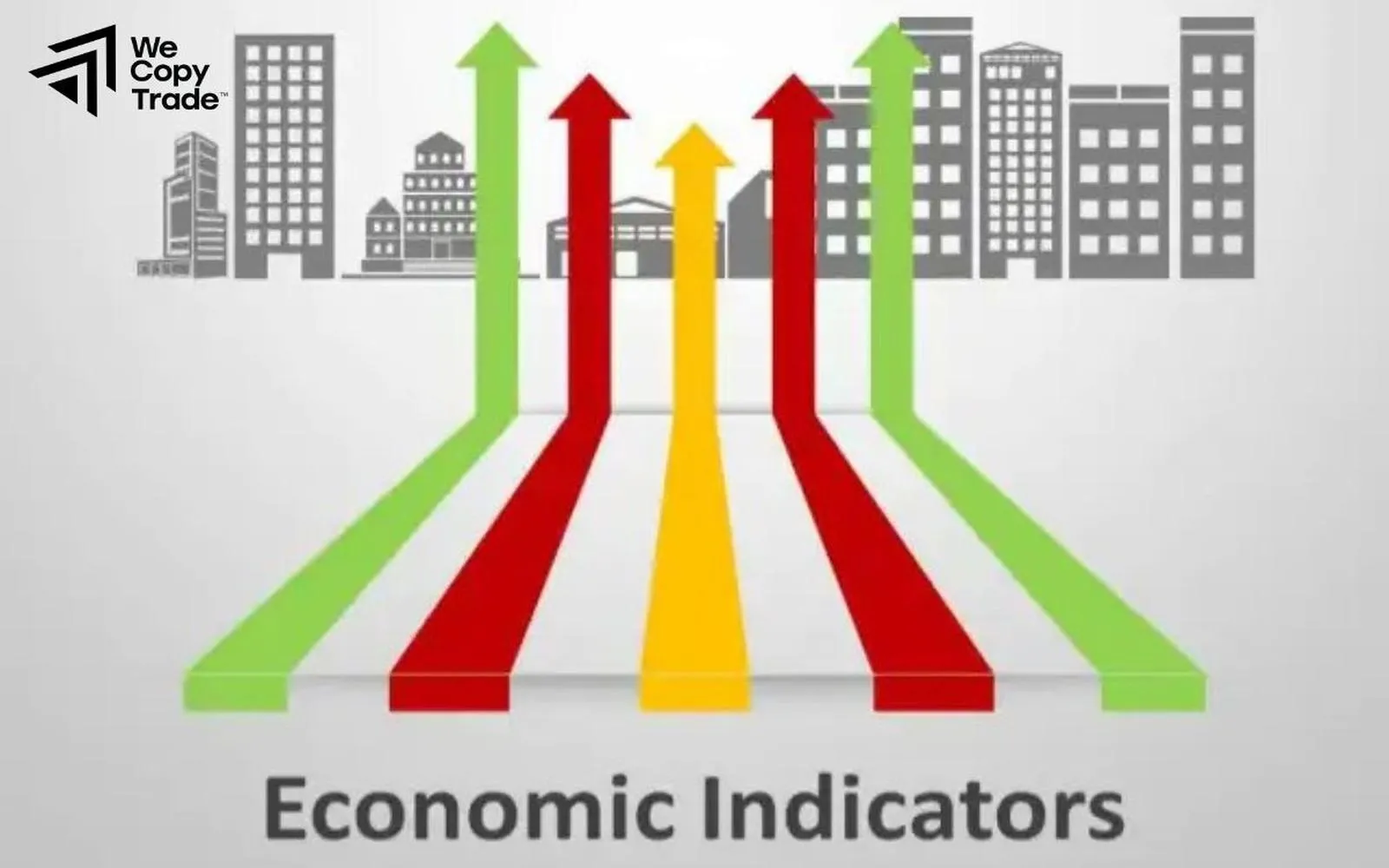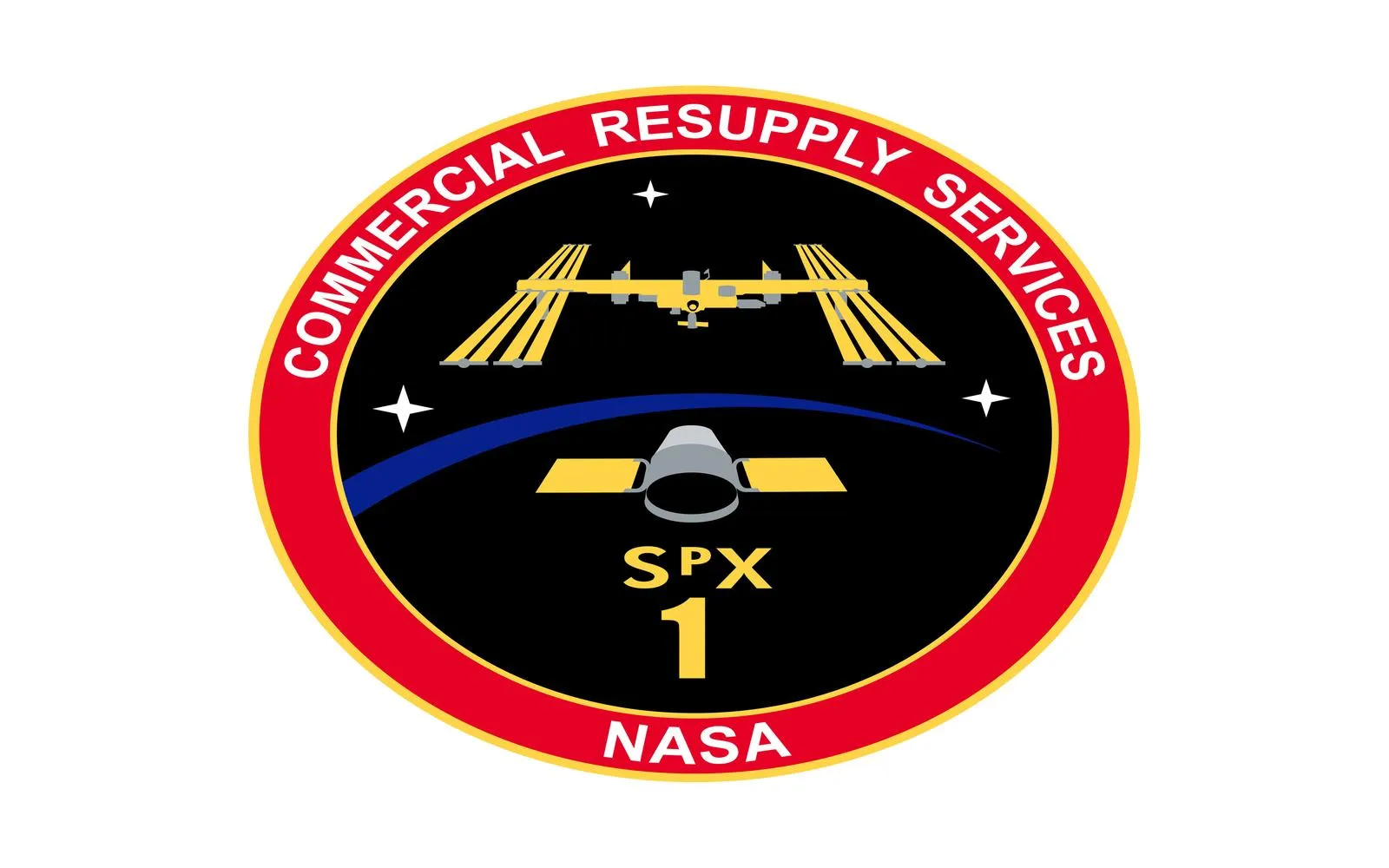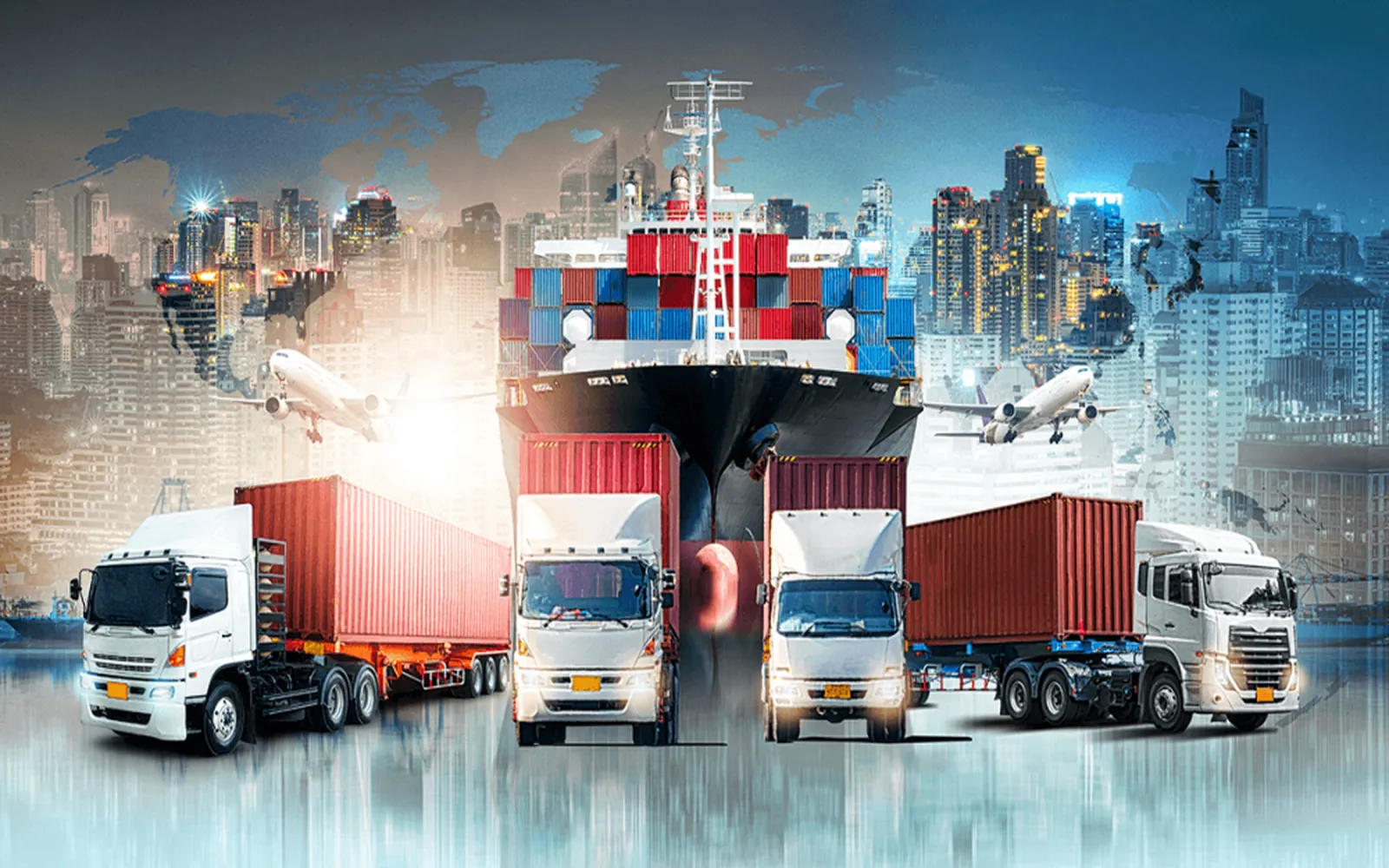Affordable Logistics and Delivery Services: Navigating 2025's Evolving Market Trends
As we step into 2025, the logistics and delivery landscape is experiencing a transformative shift driven by technological advancements and changing consumer expectations. Affordable logistics solutions are becoming paramount, as businesses seek to optimize their supply chains while minimizing costs. In this evolving market, companies are leveraging automation, data analytics, and sustainable practices to enhance efficiency and meet rising demands. This article explores the key trends shaping affordable logistics and delivery services in 2025, highlighting innovative strategies that businesses can adopt to stay competitive in an increasingly dynamic environment.
Introduction
As we move deeper into 2025, the logistics and delivery landscape continues to evolve at an unprecedented pace. With the rise of e-commerce, shifting consumer expectations, and advancements in technology, businesses must adapt to remain competitive. Affordable logistics and delivery services have become crucial for companies looking to thrive in this dynamic market. This article explores the emerging trends, challenges, and strategies that define the logistics sector in 2025, focusing on how businesses can navigate these changes to optimize their operations and reduce costs.
The E-commerce Boom
The e-commerce sector has exploded in recent years, a trend that shows no signs of slowing down as we progress through 2025. Consumers are increasingly opting for online shopping due to its convenience and accessibility. This surge in e-commerce has led to a corresponding demand for efficient logistics and delivery services. Retailers, both large and small, are looking for affordable solutions to meet the increasing expectations of fast and reliable shipping.
Consumer Expectations for Speed and Transparency
In 2025, consumers expect more than just speedy delivery; they demand transparency throughout the shipping process. Real-time tracking, clear communication regarding delivery times, and proactive updates are now standard expectations. Businesses that fail to meet these demands risk losing customers to competitors who can provide a better experience. As such, logistics providers must invest in technology that enhances transparency and communication.
Technological Innovations
Technology is at the forefront of the logistics revolution in 2025. From artificial intelligence (AI) and machine learning to blockchain and the Internet of Things (IoT), these innovations are transforming how goods are transported and delivered. AI algorithms can optimize routing for delivery vehicles, reducing fuel consumption and improving delivery times. Similarly, IoT devices enable real-time monitoring of shipments, ensuring that products are transported in optimal conditions.
Automation and Robotics
Automation plays a pivotal role in making logistics more affordable. Warehouses are increasingly utilizing robotics to streamline operations, from sorting and packing to last-mile delivery. Automated systems can significantly reduce labor costs and increase efficiency. In 2025, businesses are expected to invest more in robotics to enhance their logistics operations, allowing them to handle larger volumes of orders without proportional increases in overhead.
Last-Mile Delivery Challenges
Last-mile delivery remains one of the most challenging aspects of logistics. This final leg of the delivery journey is often the most expensive and time-consuming. In 2025, companies are exploring innovative solutions to address these challenges, including the use of drones and autonomous vehicles. While these technologies are still in the early stages, they hold the potential to revolutionize last-mile delivery by reducing costs and improving efficiency.
Sustainability in Logistics
As environmental concerns continue to rise, sustainability has become a significant factor in logistics and delivery services. Consumers are increasingly favoring companies that prioritize eco-friendly practices. In response, logistics providers are seeking affordable, sustainable alternatives such as electric vehicles, optimized routing to reduce emissions, and eco-friendly packaging. In 2025, businesses that embrace sustainability not only meet consumer demand but also position themselves favorably in an evolving market.
Collaborative Logistics
Collaborative logistics is gaining traction as companies look for ways to share resources and reduce costs. By partnering with other businesses, logistics providers can optimize their supply chains and improve delivery efficiency. For instance, sharing warehouse space or transportation routes can lead to significant cost savings. In 2025, the trend of collaboration is expected to grow, driven by the need for affordability and efficiency in an increasingly competitive market.
Subscription Services and Membership Models
Subscription services have become popular across various sectors, and logistics is no exception. Companies are exploring membership models that provide consumers with benefits such as free or discounted shipping. These models not only create a loyal customer base but also allow businesses to predict demand more accurately. In 2025, we can expect to see more logistics providers adopting subscription-based services to enhance customer retention and streamline operations.
Data-Driven Decision Making
Data analytics is becoming increasingly important in logistics. In 2025, businesses are leveraging big data to make informed decisions about inventory management, route planning, and customer preferences. By analyzing data, companies can identify trends and optimize their operations to reduce costs and improve service. Investing in data analytics tools is essential for businesses aiming to stay competitive in the evolving logistics landscape.
Challenges in Workforce Management
As the logistics industry evolves, workforce management presents significant challenges. The demand for skilled labor in logistics continues to rise, creating a competitive job market. In 2025, businesses must focus on attracting and retaining talent while also investing in training programs to enhance employee skills. Automation may reduce the need for certain roles, but human oversight and expertise remain crucial in logistics operations.
Global Supply Chain Disruptions
The events of recent years have highlighted the fragility of global supply chains. As we navigate 2025, businesses must develop strategies to mitigate the risks associated with supply chain disruptions, such as geopolitical tensions and natural disasters. Diversifying suppliers, investing in local sourcing, and building resilient logistics networks are vital strategies for ensuring continuity in operations.
The Role of Third-Party Logistics Providers (3PLs)
Third-party logistics providers (3PLs) are becoming an integral part of the logistics ecosystem in 2025. By outsourcing logistics functions to specialized providers, businesses can focus on their core competencies while benefiting from the expertise and resources of 3PLs. As the demand for affordable logistics services grows, more companies are turning to 3PLs to enhance their operational efficiency and reduce costs.
Personalization in Delivery Services
In 2025, personalization is becoming increasingly important in delivery services. Consumers appreciate tailored experiences, and logistics providers are responding by offering customized delivery options. Whether it's selecting delivery windows or choosing preferred delivery methods, personalization enhances customer satisfaction. Businesses that prioritize personalized delivery solutions will likely see increased customer loyalty and repeat business.
Investment in Infrastructure
To keep pace with the evolving logistics landscape, investment in infrastructure is crucial. In 2025, businesses must consider upgrading their transportation networks, warehouses, and technology platforms. Modernizing infrastructure not only improves efficiency but also enhances the overall customer experience. Companies that fail to invest in their infrastructure risk falling behind in a competitive market.
Conclusion
The logistics and delivery services landscape is rapidly changing as we move through 2025. With the continued growth of e-commerce, shifting consumer expectations, and the integration of technology, businesses must adapt to thrive in this dynamic environment. Affordable logistics solutions are essential for companies seeking to remain competitive while meeting the demands of their customers. By embracing innovation, sustainability, and data-driven decision-making, businesses can navigate the evolving market trends and position themselves for success in the years to come.
Explore

Top 10 Business Card Printing Services of 2025: Elevate Your Brand with Quality Design

1099 Payroll Solutions: Streamlining Freelance and Contractor Payments

Fast & Easy Payday Loans Online: Your 2025 Guide to Quick Financial Solutions

Decoding Economic Indicators: Your Essential Guide to Understanding Market Trends

2025 Trends in Flower Delivery: The Future of Gifting Blooms

Revolutionizing Space Logistics: The Future of Commercial Resupply Services

Transform Your Supply Chains with the Best Logistics Services

2025 Car Rental Trends: Your Ultimate Guide to Affordable and Convenient Vehicle Rentals
